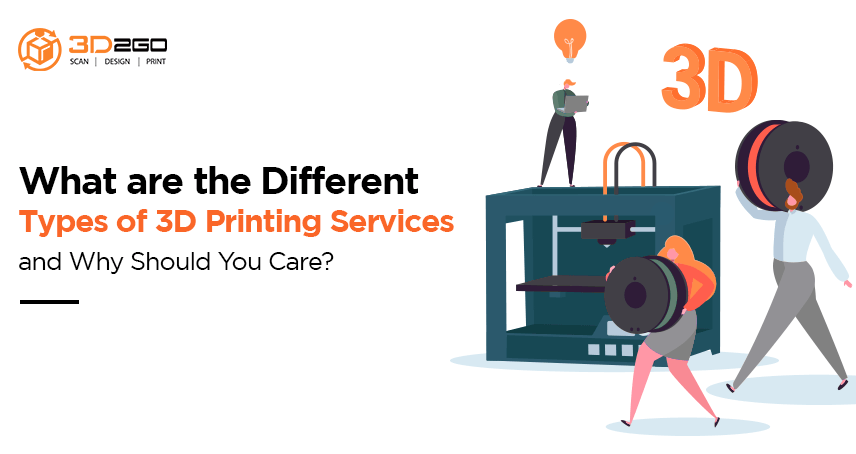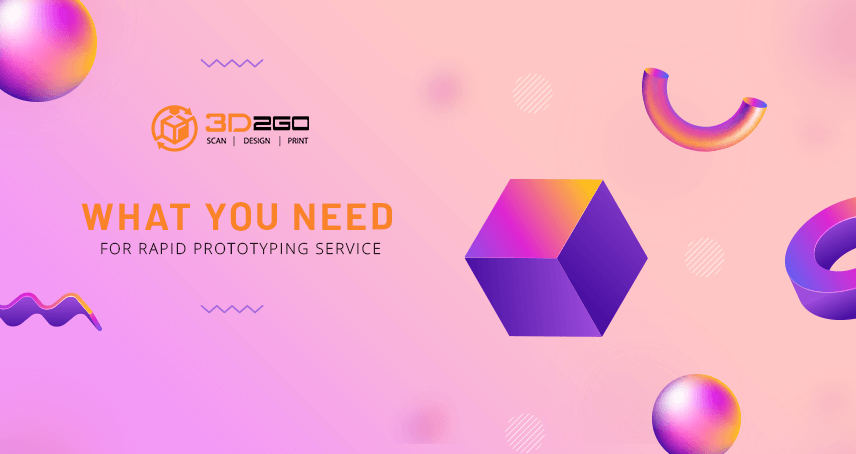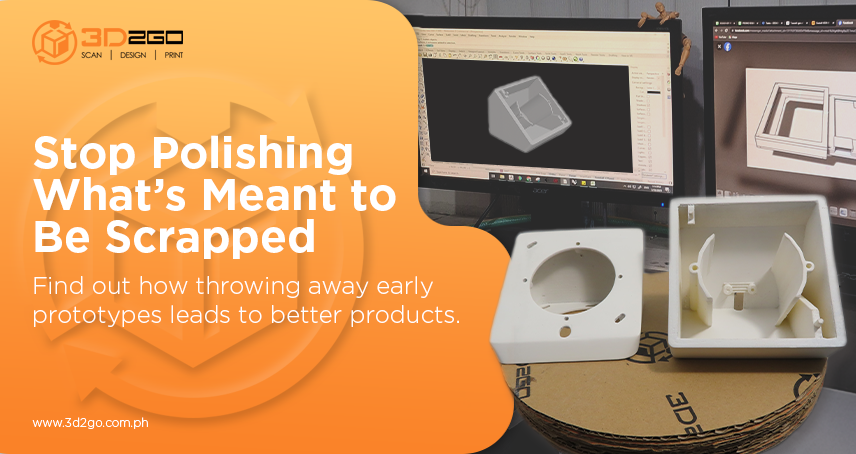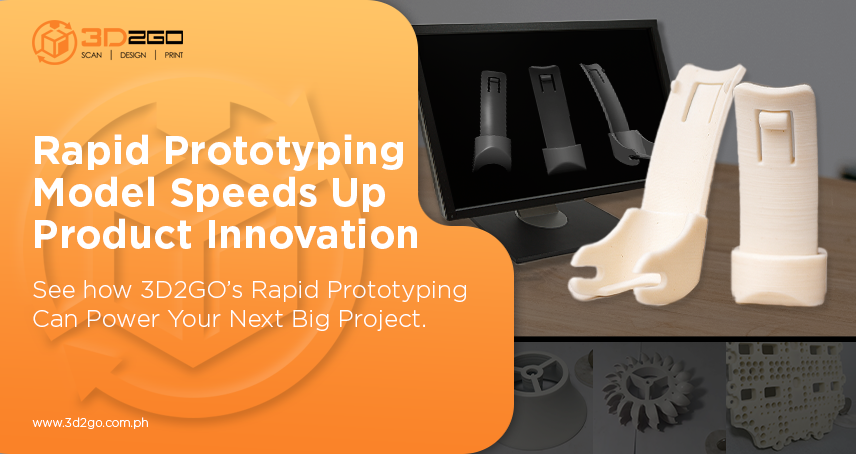
What are the Different Types of 3D Printing Services and Why Should You Care?
June 5, 2022
Perfect Valentine’s Gift Ideas for Him and Her
June 6, 2022What is needed for rapid prototyping services
First off, let’s start off by differentiating a mode from a prototype.
A model tends to lend itself to the aesthetics side of things, used to demonstrate look and feel. A Prototype is more geared towards testing to see if the final piece will work as intended. Whether that is its physical size, geometry or function.
Traditional prototyping may take a lot of time and materials. Meanwhile, rapid prototyping typically involves methods that are much quicker and cost-effective.
One of the most popular forms of rapid prototyping is through 3D printing.
The terms rapid prototyping and 3D printing are used interchangeably. This should not cause confusion, though. Rapid prototyping is a technique. On the other hand, 3D printing is one of the technologies that can be used for this technique.
CAD is the rapid in rapid prototyping companies
2D plans are used to create 3D designs. The worst part would be having to draw these by hand especially when there are many revisions. A look at 3D models from different angles is being studied before showcasing the draft.
CAD made the revisions easier and quicker. The production speed and turnaround time of the drafting process are impressive. The software also made industries achieve higher degrees of accuracy in their designs.
With CAD, architects and engineers may offer internal object placement to their clients. They could easily show the interior of a structure. It also lets them render 3D models and previews of projects.
What are the types of rapid prototyping
As its name implies, rapid prototyping allows designers to quickly work on a prototype. Traditional prototyping may take a lot of time and materials. Meanwhile, rapid prototyping typically involves methods that are much quicker and cost-effective.
Stereolithography (SLA) or Vat Photopolymerization
These are being printed in a layer-by-layer fashion using photochemical processes. The light causes chemical monomers and oligomers to cross-link together to form polymers. Those polymers then make up the body of a three-dimensional solid. Focuses on ultraviolet (UV) laser onto a vat of photopolymer resin. With the help of CAM or CAD software, the UV laser is being used. A pre-programmed design or shape is then drawn on the surface of a photopolymer vat.
Fused Deposition Modelling (FDM) or Material Jetting
Extrusion of thermoplastic material is easily the most common process. The process works by melting plastic filament. It is being deposited via a heated extruder. One layer at a time is being printed onto a platform according to the 3D data supplied to the printer. Each layer then hardens. Lastly, it bonds to the previous layer. This process requires support structures for any applications. Breakaway support materials are also possible. These are then removed by manually snapping them off the part. The process can be slow for some geometries. Layer-to-layer adhesion can also be a problem. But post-processing using Acetone can resolve these issues.
Digital Light Processing (DLP)
Similar process to SLA. It also works with photopolymers. One advantage of DLP over SLA is that only a shallow vat of resin is being required for the process. Meanwhile, the difference is the light source. DLP uses a more conventional light source. Examples are:
Arc lamp with a liquid crystal display panel
Deformable mirror device (DMD)
It is then applied to the entire surface of the vat of photopolymer resin in a single pass.
3D2GO is not only for personalized entertainment purposes of 3D prototyping. We have also partnered with professionals and offered our end-to-end 3D printing service.
Get in touch with us by sending us files in .obj or .stil format in our email address management@my3d.com.ph. You can also reach us through our Facebook and Instagram pages today!





